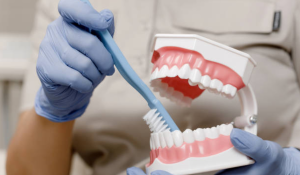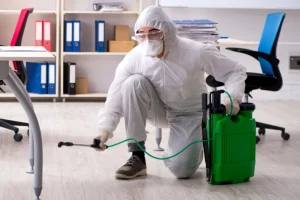
How to Maintain Your Air Conditioning System
Maintaining your air conditioning system is crucial for ensuring its efficiency, longevity, and optimal performance. Regular maintenance with Air Conditioning Installation not only helps in keeping your indoor environment comfortable but also saves energy and prevents costly repairs.
Change Air Filters Regularly:
The air filters in your Air Conditioning Installation system play a vital role in trapping dust, dirt, and other particles, preventing them from circulating in your home. Clogged filters can obstruct airflow, reducing efficiency and increasing energy consumption. Check your filters monthly and replace them every 1-3 months, depending on usage and filter type.
Clean the Outdoor Unit:
The outdoor unit of your air conditioner can accumulate debris such as leaves, twigs, and dirt, obstructing airflow and affecting performance. Regularly inspect and clean the outdoor unit to remove any obstructions. Use a garden hose to gently wash away dirt and debris, ensuring proper airflow.
Inspect and Clean Air Ducts:
Over time, air ducts can accumulate dust, mold, and other contaminants, reducing indoor air quality and hindering airflow. Inspect your air ducts annually and clean them as needed. Consider hiring a professional duct cleaning service for thorough cleaning, especially if you notice mold or excessive dust buildup.
Check and Clean Evaporator and Condenser Coils:
Dirty evaporator and condenser coils can impair heat transfer and reduce cooling efficiency. Inspect these coils annually and clean them if necessary. Use a soft brush or vacuum cleaner to remove dirt and debris gently. Consider hiring a professional technician for thorough coil cleaning if needed.
Inspect and Straighten Coil Fins:
The coil fins on the evaporator and condenser coils can become bent or damaged, obstructing airflow. Use a fin comb or soft brush to straighten any bent fins carefully, ensuring unrestricted airflow and optimal heat transfer.
Ensure Proper Refrigerant Levels:
Low refrigerant levels can indicate leaks in the system, reducing cooling capacity and efficiency. Inspect refrigerant levels annually and recharge as needed. If you suspect a refrigerant leak, contact a qualified HVAC technician to locate and repair the leak before recharging the system.
Check and Lubricate Moving Parts:
Moving parts such as fan motors and bearings require lubrication to reduce friction and wear. Inspect these parts annually and lubricate them as needed using manufacturer-approved lubricants.


















